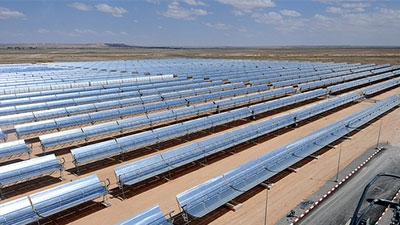mail info@star-centre.org
The Kiribati Integrated Energy Roadmap (KIER) 2017-2025, published by IRENA, outlines Kiribati's strategy for a sustainable energy system. Key points include reducing fossil fuel use by 22% through energy efficiency, scaling up renewable sources like solar PV and wind power, and specific projects such as solar desalination in South Tarawa. It also focuses on sustainable transport solutions like electric vehicles and biofuels. The roadmap aims to decrease fossil fuel dependency and increase the share of renewable energy by 2025.
The profile on Kiribati's solar energy landscape by the International Solar Alliance (ISA) highlights key points: In 2020, per capita electricity consumption was 251.2 kWh. Kiribati had 2.9 MW of solar capacity in 2021. The Kiribati Integrated Energy Roadmap (KIER) targets a 23% reduction in fossil fuel usage in South Tarawa by 2025. Kiribati receives high solar irradiation, with a GHI of 6.1 kWh/m²/day. Energy Efficiency-Supply Side Management (EESSM) initiatives aim to reduce losses by 2025, saving 2,033 MWh.
Read more: Kiribati Solar Profile (isolaralliance.org)
This report has been produced to provide an overview of developments in renewable energy in Kiribati. Following indicators are captured in the report:
1. Country indicators and SDGs
2. Total energy supply
3. Renewable energy consumption
4. Electricity capacity
5. Electricity generation
7. Energy and emissions
8. Renewable resource potential
Read more: Kiribati_Oceania_RE_SP.pdf (irena.org)

